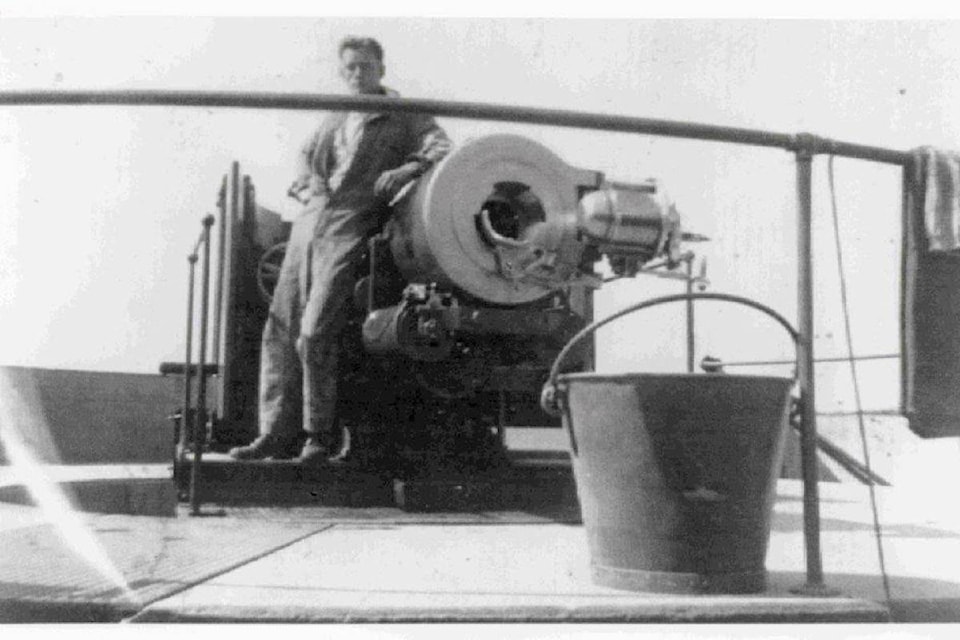By Greg Evans
The Veteran’s Cemetery, known as God’s Acre, is a unique Esquimalt feature. Located in the centre of the Gorge Vale Golf Course, the land to be used as a cemetery was purchased from the Hudson’s Bay Company by the British Admiralty in July 1868. It replaced the earlier Brother’s Island site where 19 Royal Navy personnel were buried. It was consecrated and the chapel built in the same year. Additional land was acquired when the Royal Garrison Artillery arrived in 1901. In 1947, the Department of Veteran’s Affairs assumed responsibility for the operation of both the navy and army cemeteries.
The cemetery tells many stories, from sailors who died from accidents and disease to soldiers and airmen who requested burial there as their last resting place. In its own way it pays tribute to the men and women who have served our country in peacetime and in war. In 1945, the chapel was renovated to ensure its longevity and is today a focal point for the annual God’s Acre Candlelight Tribute. This year’s tribute will take place on the evening of May 25.
On the southern shore of Esquimalt is Fort Macaulay. Located at Macaulay Point, named for Donald Macaulay, Bailiff of the Puget Sound Agricultural Company’s Viewfield Farm, the fort was the site of artillery as early as 1878 when temporary earthworks were built to house three seven inch guns. Manned by local militia, the fort was constructed to protect both Victoria and Esquimalt harbours. In 1895, the current fort, a permanent structure, was constructed as part of an evolving coastal defence system which also included Signal Hill to Duntze Head and Fort Rodd Hill. It was the site of three six inch disappearing guns, now since gone, which had a range far out to sea.
Declared obsolete in 1956, it had the distinction of being the longest serving component of the Victoria-Esquimalt coastal defence fortifications system. In 1958 it was declared to be of National Historical Importance by the Historic Sites and Monuments Board of Canada. In 2013 it was placed on the Township of Esquimalt Heritage list. This coming May 27 a public event, with funding from Canada 150 and involving the local military community, will be held at the fort to celebrate its long history.
